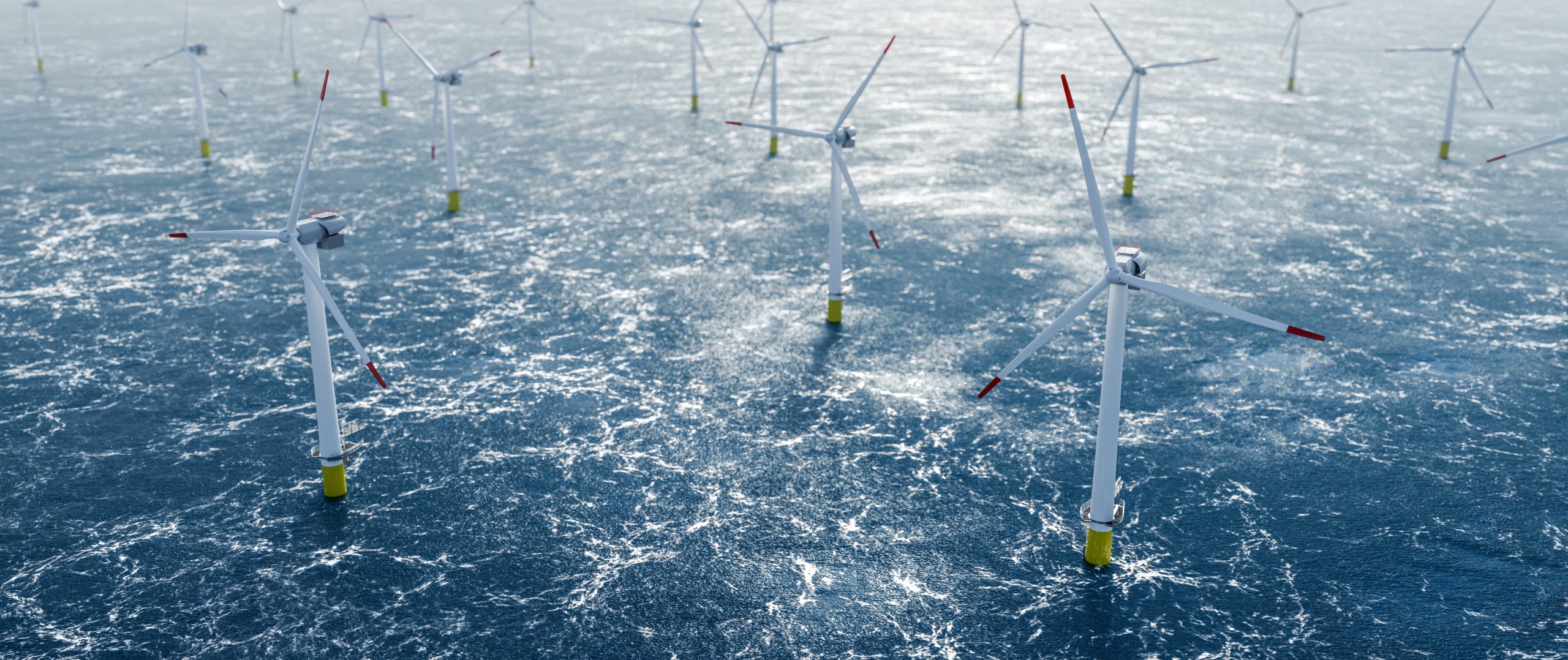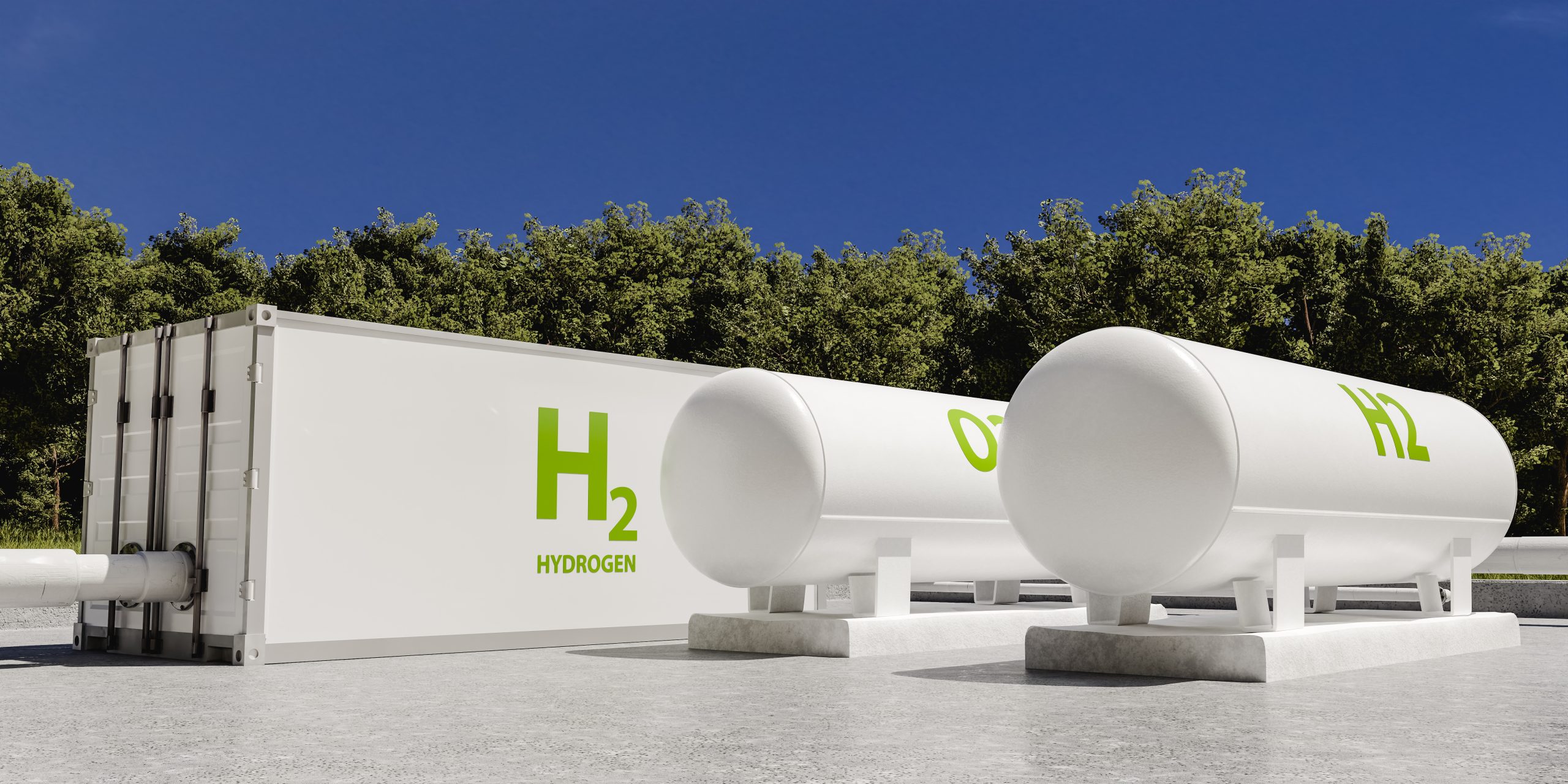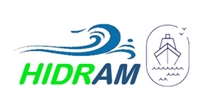Author: admin
-

E6.2: REGULATORY FRAMEWORK ANALYSIS
In this deliverable, different existing regulations regarding to the use of ammonia and hydrogen as marine fuel will be analysed. An existing regulations for the installation of fuel cells on board analysis will also be developed.
-

E6.1: ANALYSIS AND SELECTION OF THE MOTHERSHIPS
In the document, an analysis of ships will be carried out, and the selection of two base ship typologies from two different market areas will be made (base ship 1, to be developed by MALLORCA, and base ship 2, to be developed by FRANCISCO CARDAMA) for the conceptual design of the integration of demonstrators to…
-

E1.2: INITIAL DATA MANAGEMENT AND INNOVATION PLAN
This deliverable contains the Data Management Plan (DMP) developed for the project and addresses the description f the data, standars to be used, dataa acces, proteccion and coservation policies and responsibilities.In addition, this deliverable provides a description of the innovations that will be developed during the successive activities and tasks of the HIDRAM project. Quantitative…
-

E1.1: PROJECT MANAGEMENT, CO-ORDINATION AND QUALITY ASSURANCE MANUAL
The document provides a description of management procedures, administrative aspects of the project, quality assurance procedures, risk management approach, progress monitoring procedures and aspects related to confidentiality for the partners that make up the HIDRAM consortium.
-

TIMELINE
The HIDRAM Project Will run for 27 months, from an analysis of the requirements to the complete development of the fuel cells.
-

CONCEPT
The HIDRAM Project offers a solution to the decarbonization of maritime transport and the energy transition: The HIDRAM Project is structured into 6 activities that cover all proposed objectives.
-

OBJECTIVES
Ammonia (NH3) is called to be a CO2-free multipurpose fuel for the maritime sector because it is the main candidate to replace natural gas and diesel as direct fuel for internal combustion engines and, in addition it is one of the systems green H2 storage systems that are more efficient in weight and volume.
